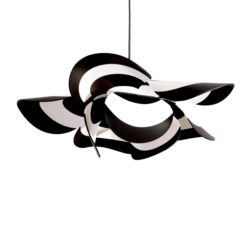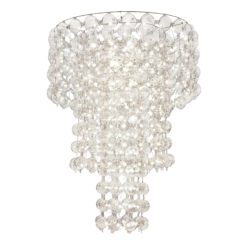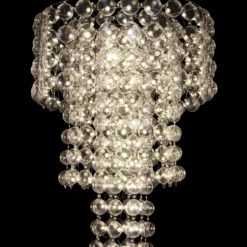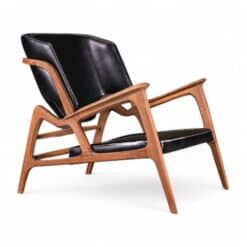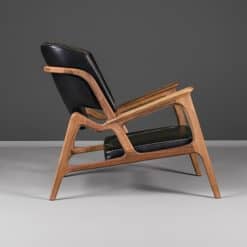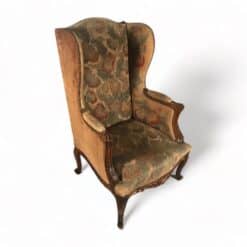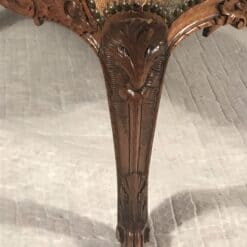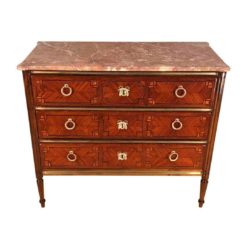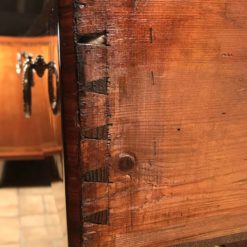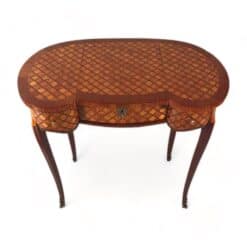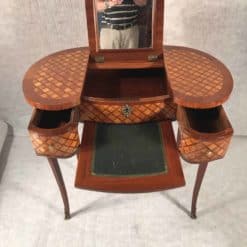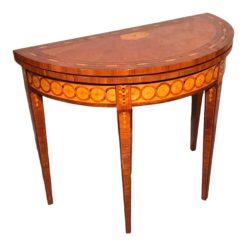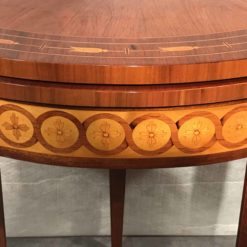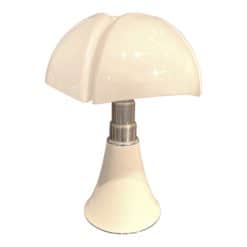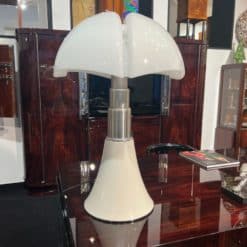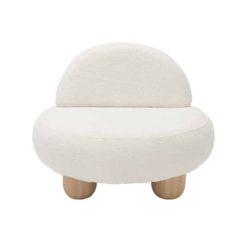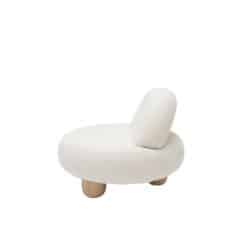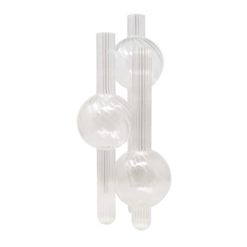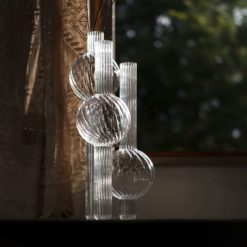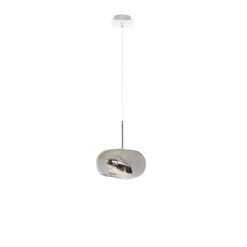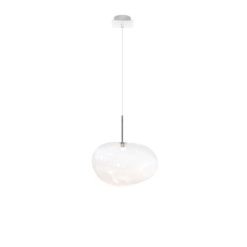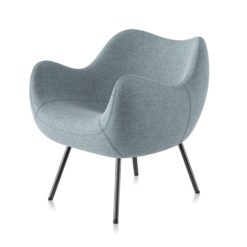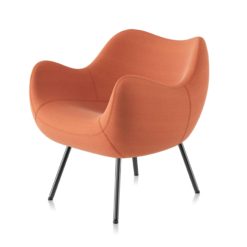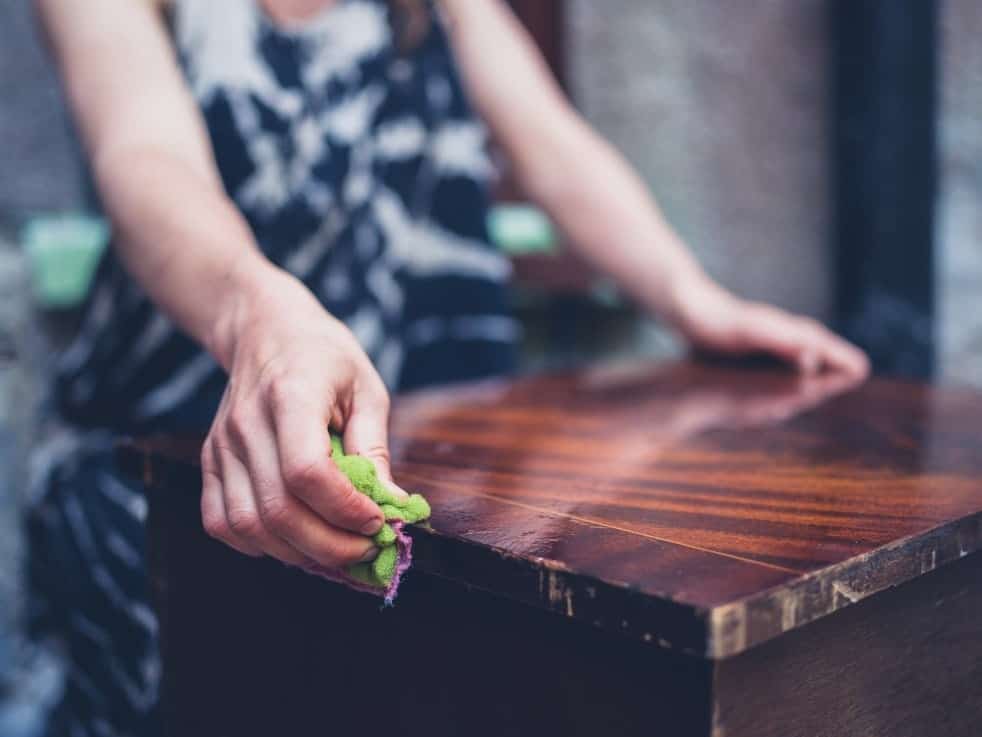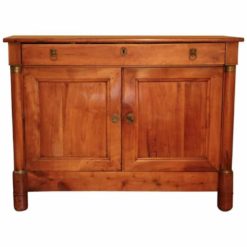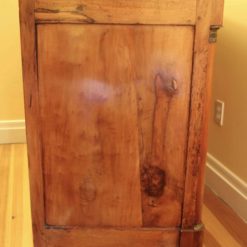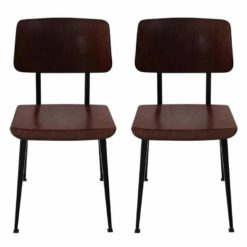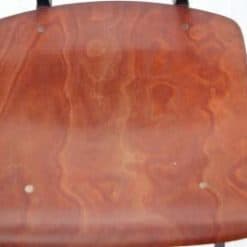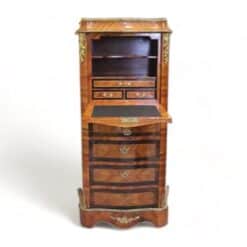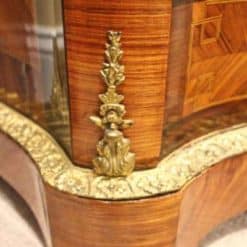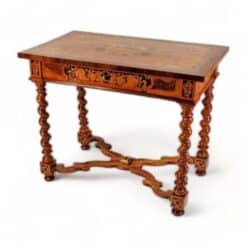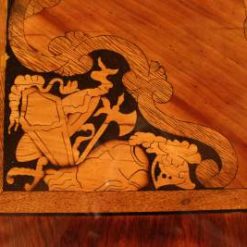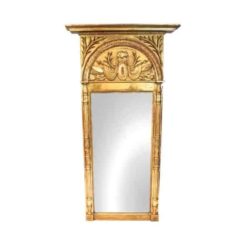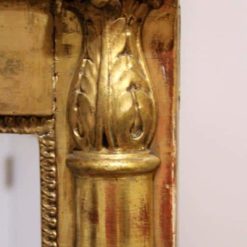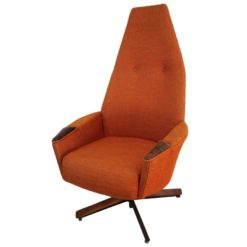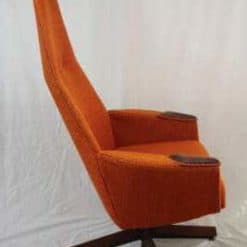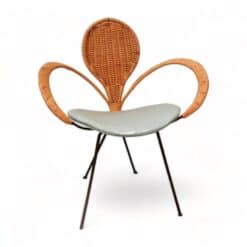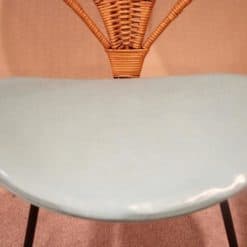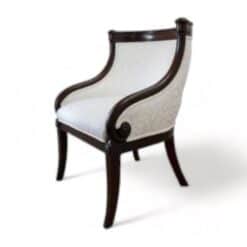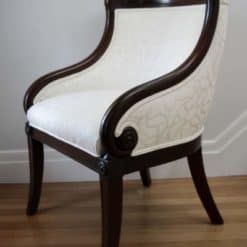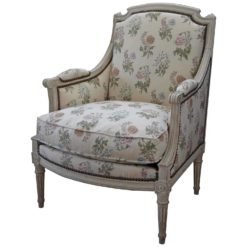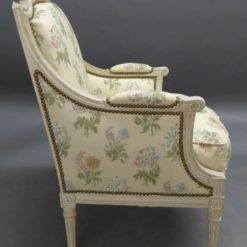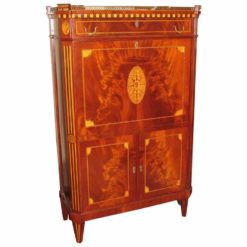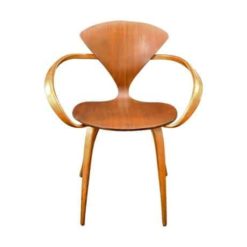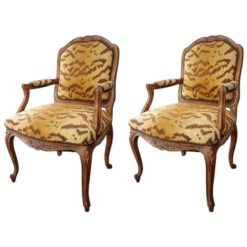Best Sellers
Uncategorized
How To Clean Antique Wood Furniture
Tips To Clean Antique Wood Furniture
Antiques, as we have said before, are an investment. Like many big purchases, they need proper care to protect its longevity and value.
Learning how to care for your furniture is one way you can ensure it will retain its luster and remain in excellent condition for years to come.
There are wrong ways and right ones to clean antique wood furniture. Too often, these valuable pieces of history are incorrectly taken care of by well-meaning people who don’t know better.
While some products advertise themselves as being safe for preserving antique wood, they can end up doing the opposite.
Avoid stripping your treasured furniture of its brilliance and take the guesswork out of cleaning with our few simple tips.
With these, you’ll learn how to clean antique wood furniture and give it the TLC it deserves.
Dry Dusting vs. Wet Dusting
Regular dry dusting with a soft brush is the first step to maintaining the life of your antiques. With a soft brush, you can thoroughly and efficiently clear away dust without worrying about scratches. 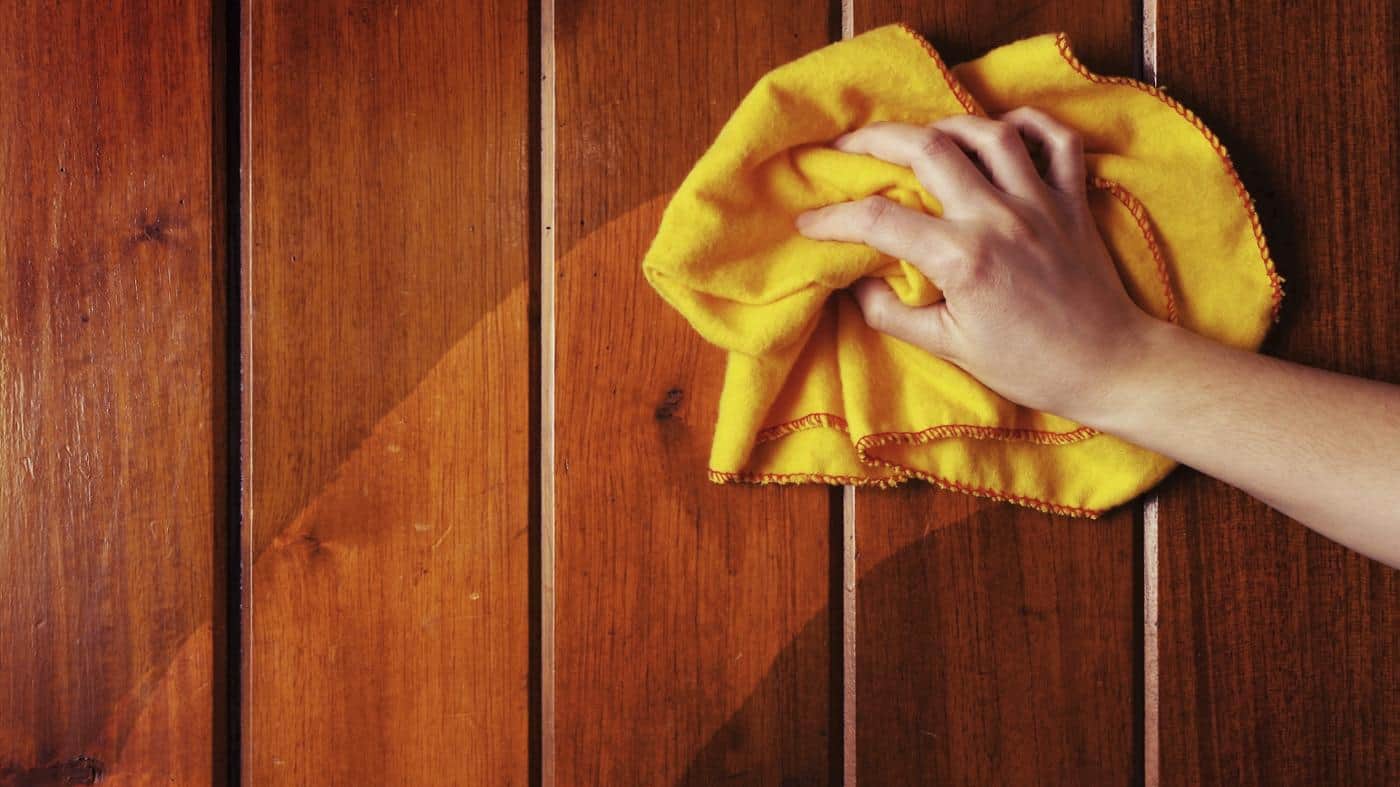
Source: trendhunter.com.auSteer clear from wet dusting methods, especially if your wooden furniture is unfinished.
But if you find yourself needing to use this technique, use a diluted mixture of mild dish soap and distilled water. Then, dip a sponge or cloth in the mix and blot the surface.
After that, use plain distilled water and a clean cloth to wipe everything until it is dried. Cover the furniture with a layer of wax. After it has dried and hardened, gently buff the surface.
Enjoy the fresh, sparkling appearance of antique wood. Of course, don’t forget to pat yourself on the back for taking the time to preserve its beauty!
To Oil Or Not To Oil?
The cleaning industry has given many the wrong idea about oiling as a way to clean antique wood furniture. Even homemade furniture oil concoctions have seen a rise on home blogs and forums.
If you want to protect your purchase, avoid oiling it. Instead, stick to waxing every six months as well as the previously mentioned dusting method.
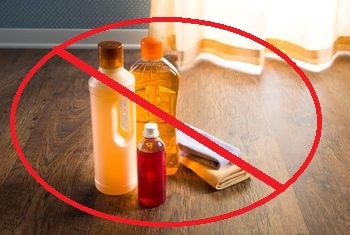
Depending on the type of finish, oiling antique furniture can tarnish it. Your furniture’s finish is meant to preserve the wood under it.
Not only does this outer coating already blocks moisture and grime from adhering to the wood, but it also stops the absorption of polishing or cleaning oils.
Even non-drying oils like mineral, lemon, and orange oils can harm your wood. Lemon and orange oils are pretty common but highly acidic. They make excellent ingredients in cleaning products; they just aren’t suitable for antique furniture.
Non-drying oils can take weeks to evaporate fully and lead to even more cleaning on your part. Not only do they create a surface that is easily smudged and dingy in appearance, but it also locks in every speck of dust and dirt that contacts it.
Tung, silicone, and linseed oil are even worse for cleaning antique wood furniture. As it is absorbed, the oil oxidizes and hardens, creating a “shell” over the furniture that is both extremely difficult to get rid of, but also darkens the original wood.
But what if the wood appears dry? The solution to that problem: move the furniture to a room with more than 30% humidity.
The Finishing Touch
Maintaining a piece’s original finish is imperative to preserving its originality, authenticity, and history.
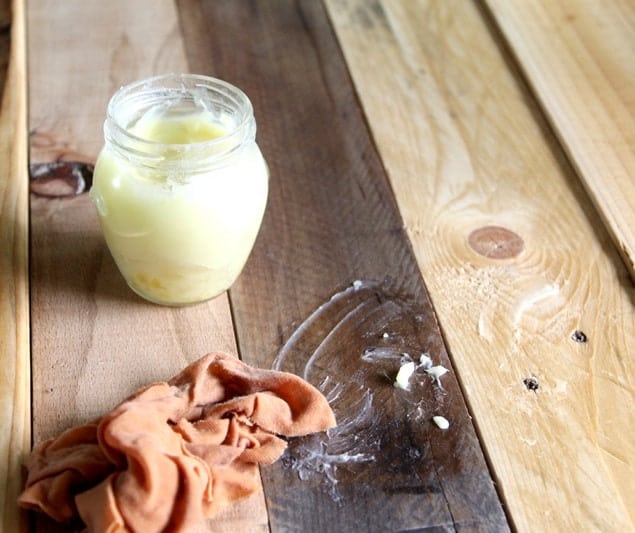
As stated above, finishes help conserve the wood. And while not every antique has a finish, but most do. The most common ones include tree resin, lac beetle shellac, and beeswax, but some furniture may have several coats of paint that work just the same.
Waxing is a key part of preserving and cleaning antique wood furniture. It leaves the piece gleaming and lustrous, which highlight antiques’ signature stately features. And, best of all, the build-up is easy to remove if it occurs.
Stay away from silicone-containing aerosols and instead opt for solid waxes such as butchers or beeswax.
How Often Should I Clean Antique Wood Furniture?
If the item in question is something you or your family use every day, it will need a thorough waxing once or twice a year.
Lesser-used furniture could go longer, but keep an eye on its sheen. If a little buffing is all the piece needs to shine, you don’t need to wax it.
Environmental Factors
Premature aging from the sun isn’t just for people; it can happen to your antique furniture, too! So, keep it safe and avoid placing furniture in direct sunlight, along with windows and vents.
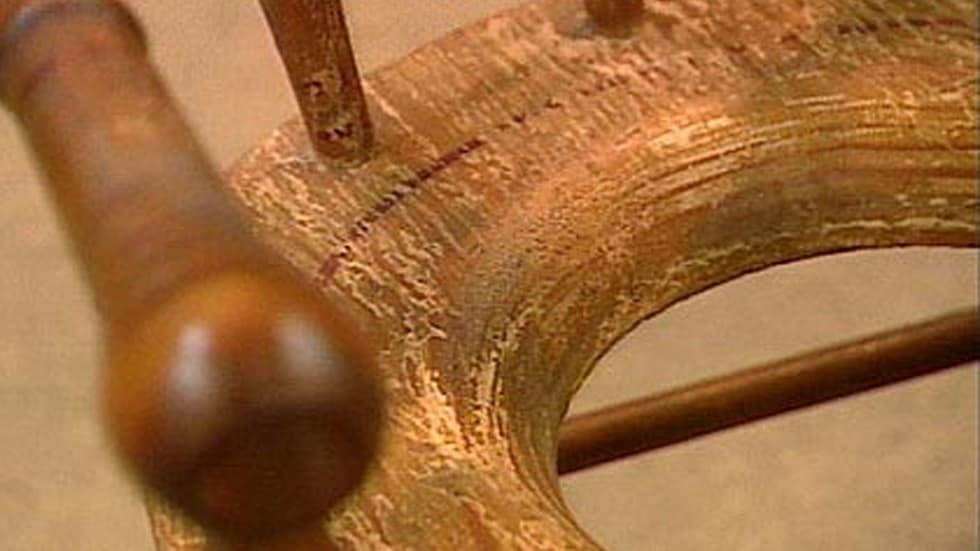
Also, while too little humidity can cause the wood to dry and become brittle, too much can be just as harmful. That, along with temperature changes, can cause wood to shrink, swell, or otherwise become warped.
If cracks or other structural problems happen, don’t panic! We recommend to call a professional refinisher to repair the cracks for you.
If you have to use nails, make sure only to use them in the furniture’s original nail holes. But it’s best to avoid using them as they can restrict the wood’s natural movement, or accidentally devalue the item. Read our blog about tips for buying antique furniture to learn more.
Conclusion
So, what’s the best way to clean antique wood furniture and keep it as beautiful as it was 100 years ago?
First, dust regularly, and when you do, use dry dusting tools like soft brushes (not feather dusters). You will want to buff it every once in a while when you do this as well.
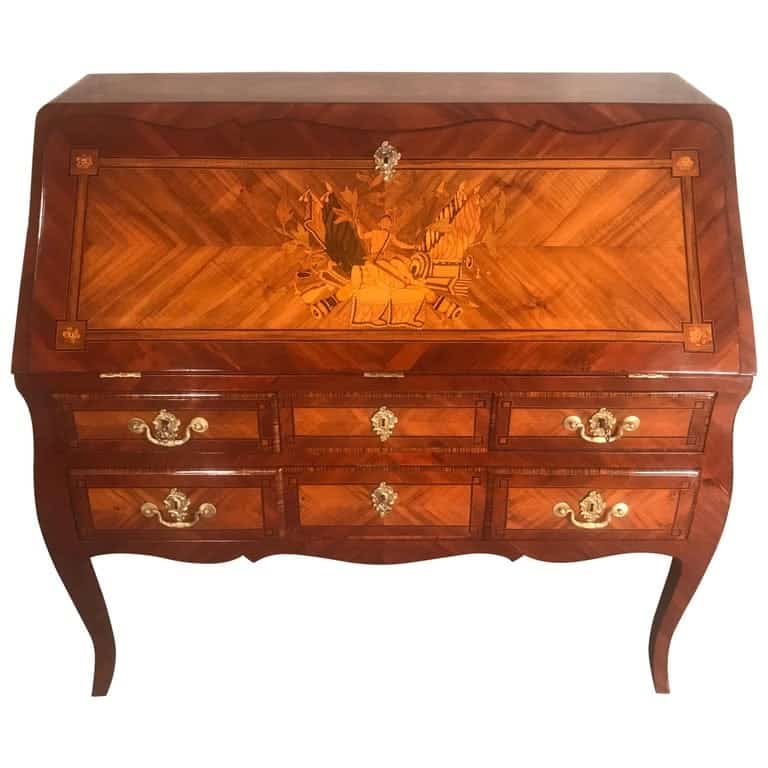
Secondly, never use cleaning products like Pledge, even if they claim to be all-natural. That’s not what your furniture needs and certain products react poorly with wood over time.
You want to protect the piece’s patina, not its shine.
In the same vein, when it comes to the hardware, don’t use anything on it while it’s attached.
Dusting is all that’s necessary to clean knobs, handles, etc. If you want to polish tarnished hardware, remove it from the furniture and use a product meant for the specific metal. Never use steel wool to clean.
Third, you want to wax once or twice a year, using a small amount of a high-quality product specifically for antique wood. Use a very soft cloth like a cheesecloth as you apply and work the wax into the surface.
Keep an eye on the environment your furniture is in, as several things can affect its longevity. Prolonged sunlight, exposure to air vents, temperature changes, and humidity can all affect the wood.
With these tips, you’ll know just how to clean antique furniture. A little TLC and elbow grease is just the thing for it to last many more years and remain an important part of your home.[/vc_column_text][/vc_column][/vc_row]

